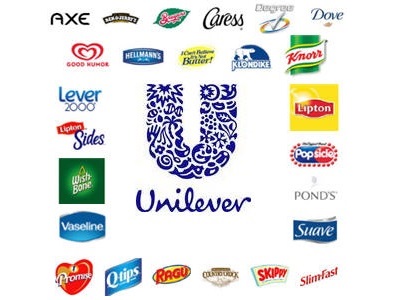The shift to real time media, such as social media and chat apps, means that brands have to act much faster and test less, according to Unilever.

Market researchers may need to begin with a “blank slate” as they try and adapt to the pressures of real-time marketing and optimisation, a leading executive from Unilever has suggested.
Speaking at the Advertising Research Foundation’s (ARF) Audience Measurement 2016 conference this month, Dr Kristy Vance, Unilever’s Global Director/Media Insight, told delegates: “We need to think ‘research reinvented.'”
“For this to really work,” she continued, “I think we need to take everything that we know about market research today and throw it out the window. We need to start from scratch. Blank slate.”
Vance suggested firms like Unilever need the ability to rapidly execute and iterate in the digital world.
“We need to optimise in real time. We need to get that learning, get that feedback, in real time…Do I think that the need for speed will sacrifice research best practices? Potentially. I think it will challenge best practices in a good way,” Vance said.
“I think that a lot of the best practices that we have are built on an old way of thinking – an old way that consumer behaviour existed.
“In a good way, we need to challenge some of those best practices and develop some new best practices.”
One example of how this will translate into action involves the creation of greater amounts of content at faster speeds than in the past – a trend meaning copy-testing will frequently not be viable.
“In this new digital world, we now are required to have much more personalisation. That leads to a lot more content that often cannot be pretested in advance,” said Vance.
“The ideal is to have a lot of different creative up front so that when you do go live, you can shift to the five [activations] that are performing the best.”
